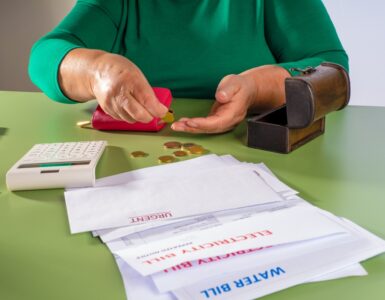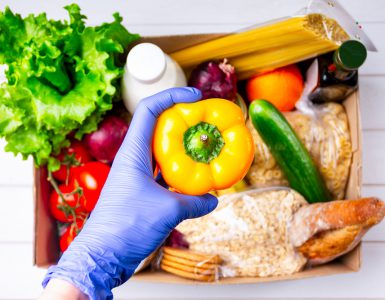Staying safe is probably a priority during this coronavirus pandemic, but so is staying fed. After all, you can’t survive if you can’t eat, but the numerous shutdowns have made buying food frustrating for many families. You can blame this on businesses closing, jobs being lost, and income dropping drastically.
While the thought of going without food isn’t a pleasant one, know that there are several ways you can get help. Let’s look at some of them now.
Different Forms of Coronavirus Food Assistance
Immediate Food Assistance
What’s your best move if you notice that your kitchen is empty today, and you have a family to feed? For emergency food assistance, you can start by calling the National Hunger Hotline. It’s been live for two years now, and it can come in handy in times like these.
Whether you’re an individual or family in need of food, you can find it by calling 866-3-HUNGRY on Monday through Friday between 7 am and 10 pm. Once you call, you’ll be connected with an operator who can tell you about the different food assistance programs in your area.
Another phone number you can call is 211. Just as you’d call 911 for an emergency, you can do the same with 211 for urgent assistance with food and things like housing, healthcare, and more.
If the thought of calling a hotline isn’t your thing, you can also use the Internet to find emergency food assistance within minutes. Three sites, in particular, are easy to use and loaded with information on local food banks, food pantries, soup kitchens, and the like:
Long-Term Food Assistance
Those options above can help you if you need food today, but what about the future? What if you want some stability when it comes to purchasing food that can make it easier to sleep at night knowing your family will always be fed? To achieve that goal, you can start with SNAP, or the Supplemental Nutrition Assistance Program.
Formerly known as food stamps, SNAP currently helps 1 in 7 Americans with buying groceries. While there are some restrictions on what you can buy with your benefits, it’s good to know you can purchase things like meat, vegetables, fruits, dairy, and more. To learn more about SNAP, go here.
WIC, or the Special Supplemental Nutrition Program for Women, Infants, and Children, is similar to SNAP. It specializes in helping pregnant women or those who have children under five years old.
Qualify for WIC, and you’ll be able to buy necessities like baby formula, milk, and other nutritional foods. To contact your WIC state agency, go here.
Lastly, if you have kids of school age, you can use the No Kid Hungry site to find free meals for kids in your area.
As for the best strategy when searching for food assistance, it’s to use every resource at your disposal, so you don’t run into such issues in the future.




